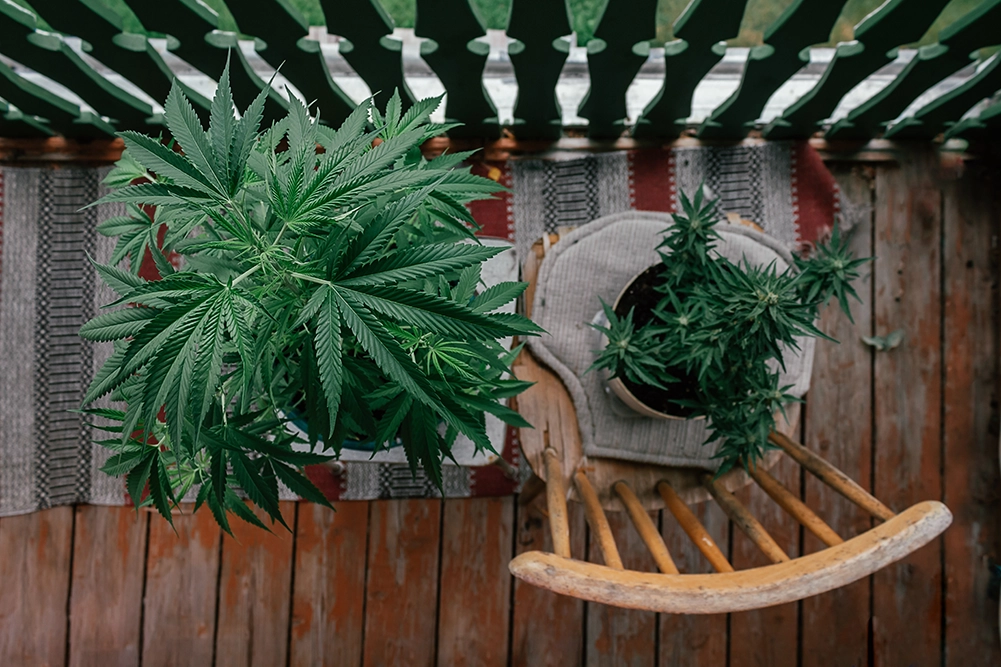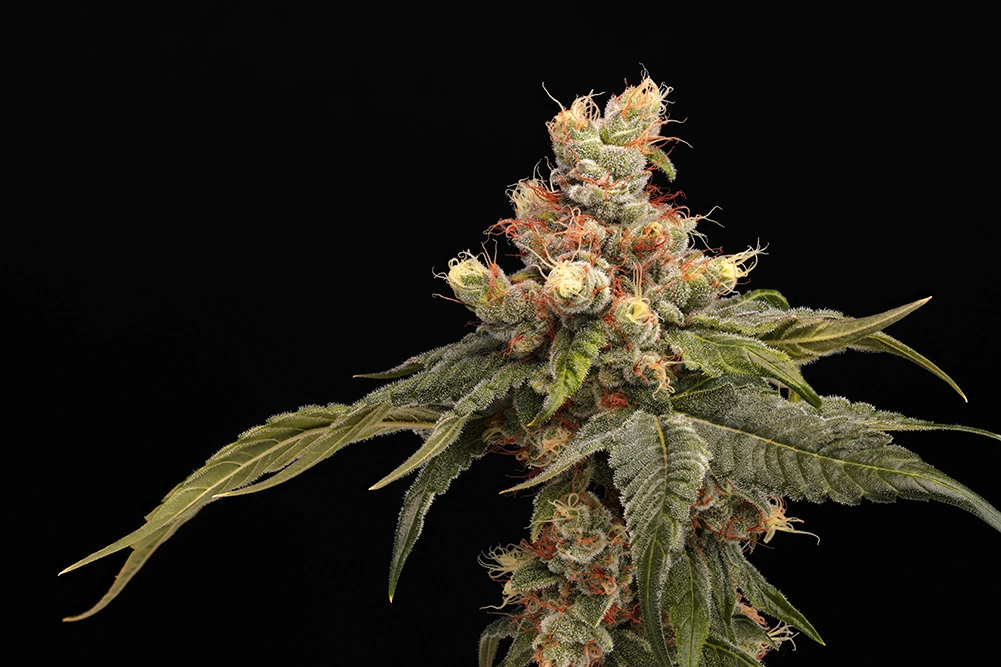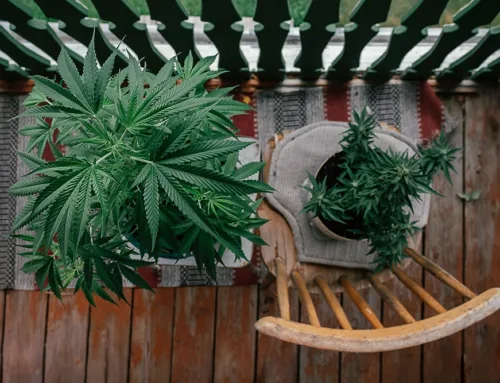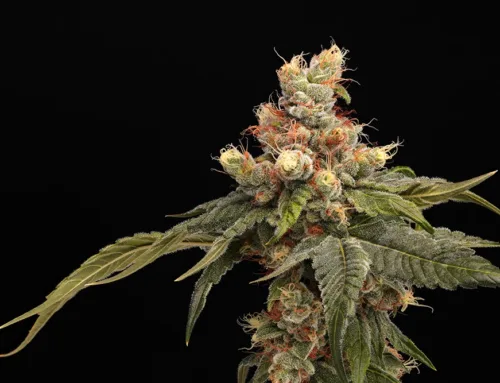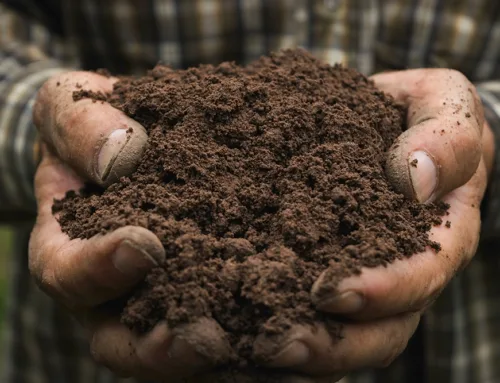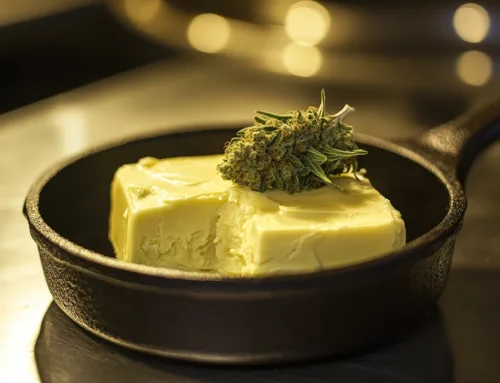Cannabis Sugar Recipe
How to Make Cannabis Sugar
Have you ever dreamed of infusing your favorite drinks and snacks with cannabis but dreaded the hassle of elaborate decarbing, cooking, or baking? Look no further than cannabis sugar—a.k.a. “cannasugar” or “weed sugar”—an easy-to-make product that blends seamlessly into any culinary creation, from coffee and cocktails to pastries and pies. Knowing how to make cannabis sugar is not only simple and cheap, but it opens you up to a world of possibilities when it comes to infusing from home.
Once you’ve made your THC sugar, all you have to do is sprinkle it in your favorite drink or on top of a sweet treat for an extra kick à la cannabis, and you’re out the door. Don’t worry about investing in special equipment or following complex recipes either; in just a few easy steps, you’ll have your own jar of canna sugar to share—or keep all to yourself for regular use!
How to make cannasugar
Although cannabis sugar recipes are pretty easy to follow, they include quite a few steps to pay attention to. If you’ve ever made cannabis oil before, it’s a somewhat similar lengthy but straightforward process.
You start by decarboxylating cannabis, which activates its psychoactive compounds. The baked buds are then turned into an alcohol-based tincture, which you can use to infuse sugar. There are a few different canna sugar recipes on the market, but here’s how it’s best done:
Required Materials for Cannabis-Infused Sugar
Dry ingredients for decarbing:
- Dry cannabis flower
- A weed grinder (optional)
- Baking tray, baking sheet
For straining:
- Mason jar with lid
- Cheesecloth or coffee filter
- Bowl
For infusing:
- Glass baking dish
- Breathable fabric (enough to cover glass baking dish)
- Parchment paper
- White granulated sugar
- High-proof alcohol (like grain alcohol, as close to 190-proof as possible)
Step One: Decarboxylate your Cannabis
Start by breaking up any large buds into smaller peices and spread them evenly on a baking sheet lined with parchment paper. Preheat your oven to around 250°F and bake the dry herb for about 30-40 minutes. This process decarboxylates the THCA in the cannabis into THC, which is responsible for the plant’s psychoactive effects. Without this step, your cannasugar recipe will be void of its “high” factor.
Step Two: Cool and Combine
Once you’ve decarboxylated your plant material, it’s time to let it cool to room temperature before transferring it to the freezer—yes, you can freeze marijuana—a simple but underrated step for a successful canna sugar recipe. For bonus points, try freezing your alcohol overnight, which will improve the canna sugar’s outcome even further.
Colder temps help preserve your flower’s cannabinoid and terpene profiles, allowing for a fuller-spectrum infusion when the time comes. On the other hand, cooling the alcohol reduces its ability to dissolve certain undesirable compounds—like waxes and lipids—which might cloud the tincture and affect its taste and texture. By keeping your pre-infusion alcohol and cannabis as cold as possible, you can minimize the extraction of these unwanted substances.
As soon as your materials are adequately chilled (remember that the alcohol won’t solidify completely due to its high purity), combine them in a bowl, preferably metal, to maintain that chill even further. Gently mix the ingredients, aiming for a light-brown or golden hue. Avoid excessive mixing to prevent the tincture from turning dark green. Once the desired color is achieved, return the mixture to the freezer for an additional 15 minutes.
Step Three: Straining the Tincture
Next, you can remove your tincture from the freezer and strain it using cheesecloth or a coffee filter. Make sure you do this carefully, avoiding excessive squeezing. Excessive squeezing could release chlorophyll, which sullies the sugar’s taste later.
Step Four: Infuse the Regular Sugar
Now, it’s time to turn your regular cups of white sugar into sugar wax—a.k.a., canna sugar.
With the cannabis strained away from the tincture, measure out two parts sugar and one part tincture. Place the sugar in your metal bowl and pour the tincture over it. Make sure your bowl is big enough for the tincture to fully cover the cups of sugar, leaving about an inch of alcohol on top. Once both ingredients are combined, stir the mixture until the sugar completely dissolves.
Step Five: Remove the solvent
Once you’ve thoroughly mixed everything, it’s time to evaporate the alcohol. If you’re looking to expedite the process, you can utilize a food dehydrator set at 95°F—or you can cover the alcohol and sugar mixture with a cheesecloth and set up a fan nearby.
Throughout this process, it’s important to continue stirring the mixture until the alcohol evaporates completely and the sugar is 100 percent dry. Depending on environmental factors like humidity and temperature, this can take anywhere from five to 48 hours.
Keep a close eye on the mixture, regularly checking the bottom for moisture accumulation. Use a metal spoon to test for dryness. Once the bottom is fully dry, the sugar should form a crunchy layer on top—in other words, the cannasugar is ready to use.
Step Six: Enjoy
Once your canna sugar has fully dried, it will form large clumps. You can break them apart with a metal spoon, your fingers, a food processor, or a coffee grinder.
While breaking down these large clumps isn’t mandatory, it enables easier dosing for your beverages or any other recipes you want to prepare with the cannasugar. Once the sugar is refined, store it in a food-safe, airtight container until you’re ready to utilize it in your delicious cannabis-infused creations.
Calculate your THC sugar dosage
Before you make canna sugar, it’s important to familiarize yourself with dosage so you don’t over- or underdo it. Thankfully, figuring out this formula is pretty simple, as long as you know how much cannabis flower and sugar you’re working with.
The first thing you’ll want to do is find out how much THC is in your flower. Once you’ve determined that percentage, simply multiply it by the flower’s weight. For example, if I’m infusing 15 grams of flower at 25 percent THC, I’d conduct the following equation:
15 grams x 0.25 (25% THC) = 3.75 grams THC ≈ 3750 mg
Once you understand how much THC is in your flower, you can determine how much will be in each sugar serving. Let’s say you’re infusing those 15 grams with two cups, or 400 grams, of sugar. The equation would look like this:
3750 mg (≈ 3.75 g THC) ÷ 400.000 mg (≈ 400 g sugar) = 0.009 mg THC per miligram of canna sugar
With these simple equations, you can figure out exactly how much THC is in your spoonful of sugar before you stir it into your morning coffee. Remember that eating cannabis is a different experience, and it can take up to two hours to feel the effects. Start low and go slow to ensure you don’t over do it.



